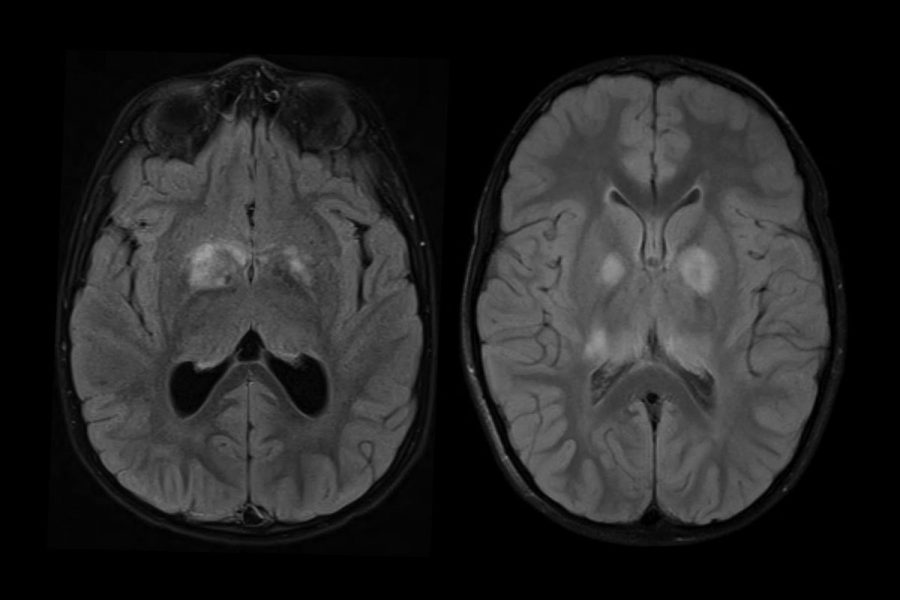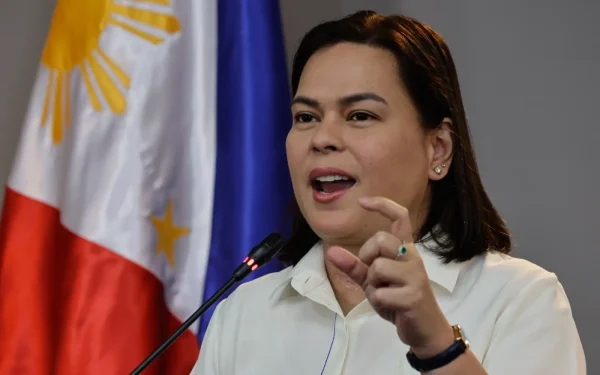Pediatric Brain Cancer Awareness Month
September is National Pediatric Brain Cancer Awareness month. Around 5,000 children are diagnosed with brain cancer per year, being the dominant killer for kids under the age of fifteen.
The amount of research between the treatment of pediatric brain cancer and adulthood brain cancer is drastically different. Children’s research is much farther behind all because they don’t have a voice in the government. Large drug companies refuse to fund academic medicine (which is the basis for research) because it’s not beneficial to their company, leaving funds to come primarily from private organizations and charities. According to CNN, “in 2018 it is estimated that only 4% of the nearly $6 billion budget given to the federally funded National Cancer Institute targets pediatric cancer — all childhood cancers — partly because they are so ‘rare.’” Pediatric brain cancer is the least funded out of the 4% of the funds divided up between the various pediatric cancers. While most people think pediatric cancer is rare, every 1 in 285 children is diagnosed with cancer before hitting the age of 20.
When cancer is diagnosed in adults, it can be related to life decisions they have made. According to CNN Health. “Smoking, drinking, eating red and processed meats (in high quantities), obesity, chronic inflammation, and lack of exercise” are only a few life decisions that can be related to the causes of adult cancers. On the contrary, childhood cancers are most often the result of a mutation or removal of cells during the duplication of DNA. The American Cancer Society states that “the causes of DNA changes in most childhood cancers are unknown.” This relates to the lack of funds needed for research and studies to figure out the unknown causes. Other pediatric brain cancers can be related to radiation exposure during pregnancy or radiation from previous cancer treatments. The most common treatment for brain cancer is chemotherapy, also known as chemo. Chemo uses various drugs to shrink or kill cancer cells. A secondary option is radiation therapy (for adults only), which uses high-energy beams to kill cancer cells. Radiation can’t be used on children under the age of three because of damage to brain growth. In some cases, if cancer can’t be cured, both chemotherapy and radiation can be used to slow down the spread of cancer. Due to pediatric brain cancer research being so far behind, children are often given the same chemotherapy drugs as adults just in lower dosages. This treatment option was designed for adults; they were not meant to be used on children. While children may not have to deal with health problems conflicting with treatment, like some adults, children are put under a much more intense treatment. Pediatric brain tumors not only need different research but there are also different types compared to adult brain tumors.
So how would the same treatment as adults be beneficial? While chemo does kill off cancer cells, your normal cells are also destroyed. The body system is flooded with toxic chemicals, becoming very weak and more prone to infections. For example, CNN correspondent Andrew Kaczynski’s daughter Francesca was diagnosed with brain cancer at six months old. By the time the tumor was diagnosed, it had spread throughout her body, “Francesca went through six surgeries and three rounds of chemotherapy.” On Francesca’s third round of chemo, a fungal infection formed. A month later she passed away and the infection became too much for her body to fight off.
Advocacy for pediatric cancer treatment and awareness is not only lacking within the government but also in society. The majority of support for childhood cancer comes from parents who have lost a child from it or gone through treatment. They have lived through the experience, making it easier for them to advocate for it. However, to raise more funds for childhood brain cancer there also needs to be parents with healthy children to speak out and spread information. Funds aren’t necessarily needed for a cure for pediatric brain cancer but rather research for better treatment options in hopes of providing a less harmful and toxic treatment to the younger population. Despite the lack of funds not allowing research to be done and there isn’t enough knowledge as advances in treatment slowly occur, more children are living into adulthood.






